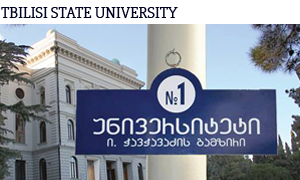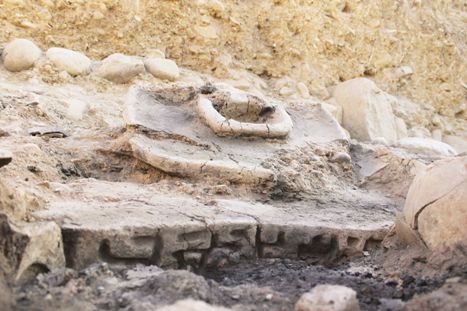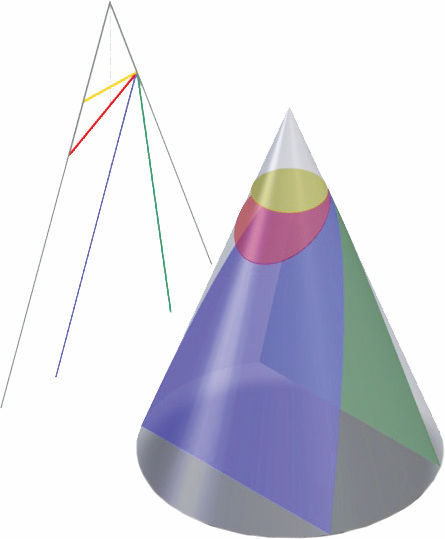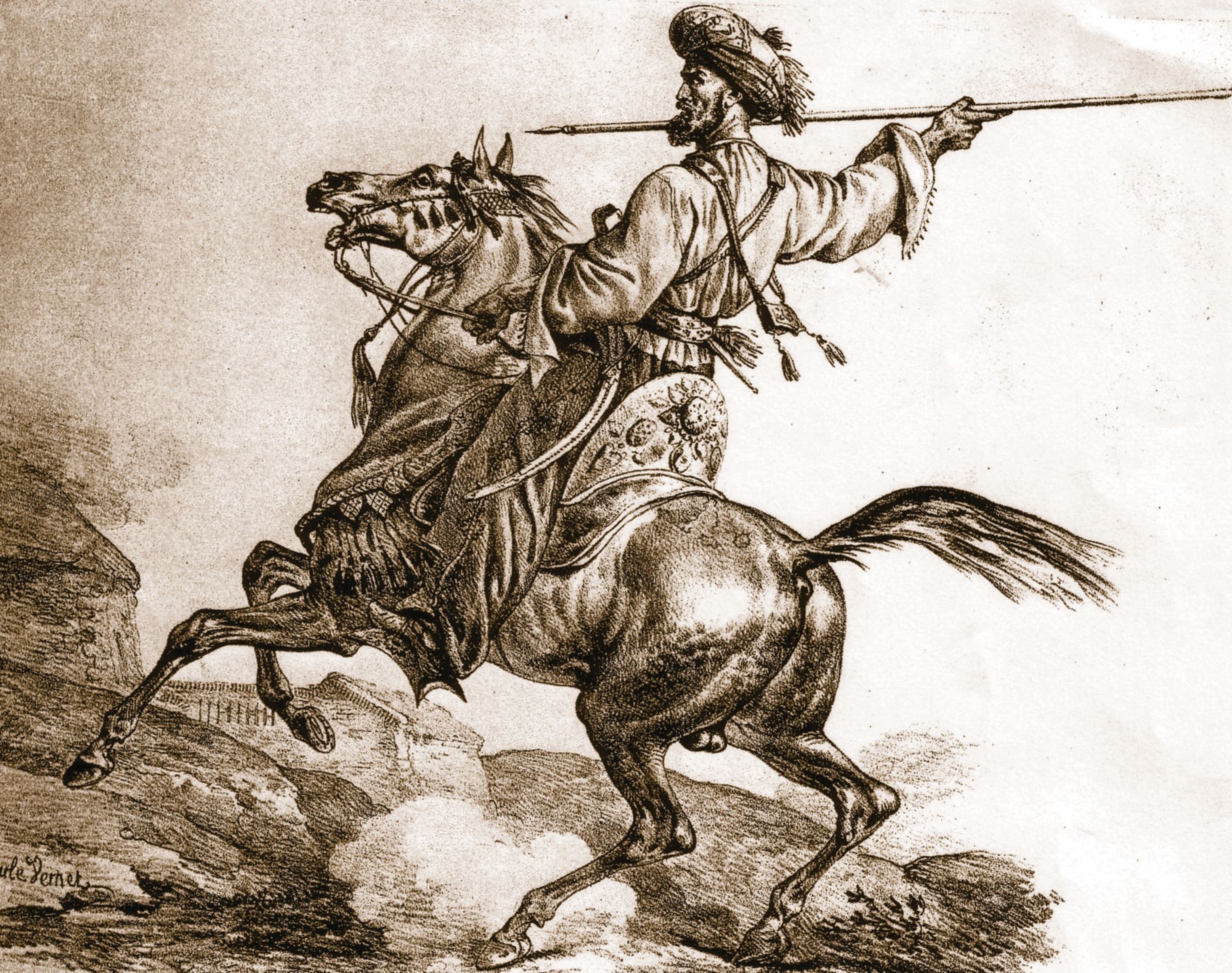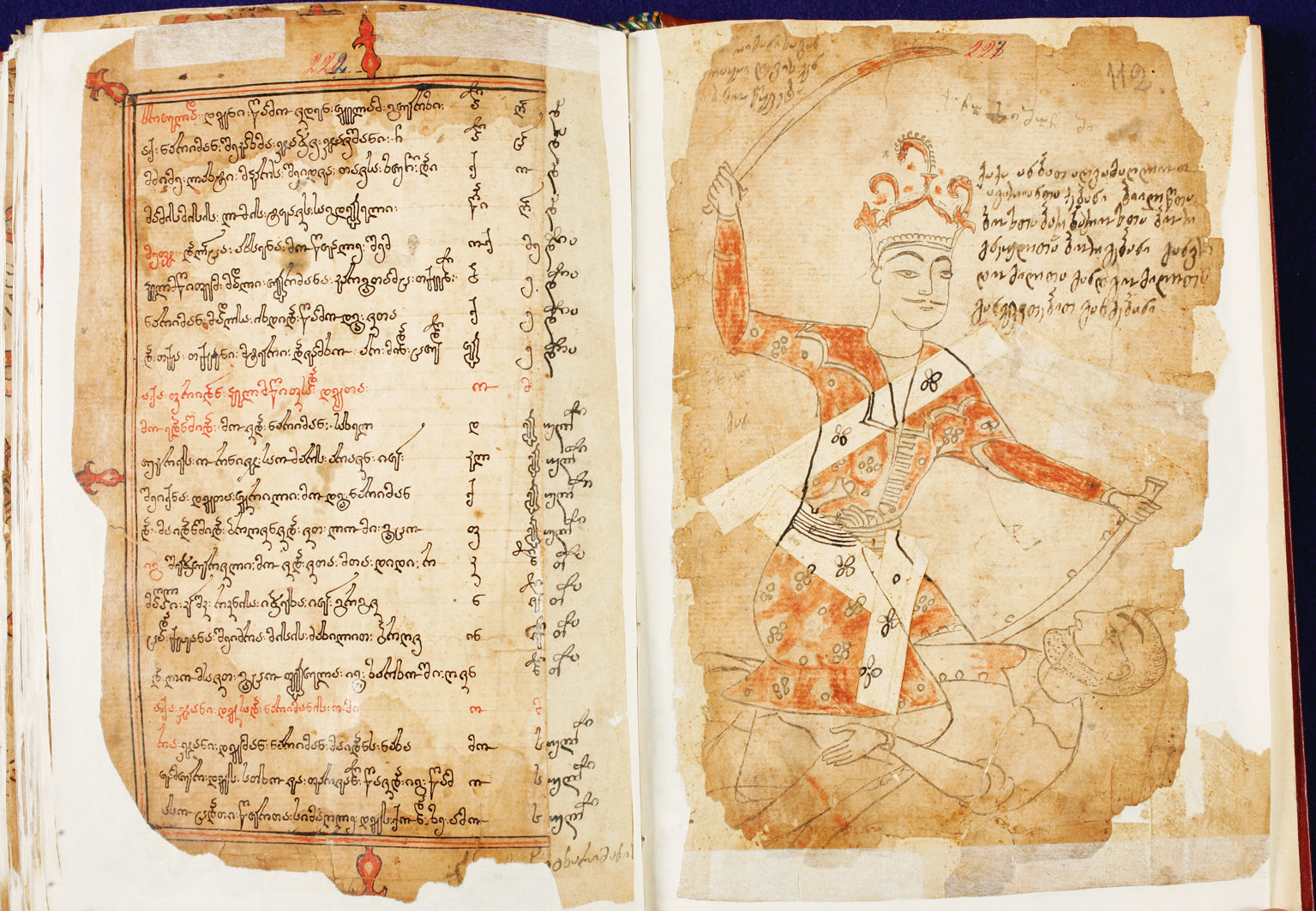
Journal Number:
The spring of 2015 may enter history as an exceptional date for science, with the unique discovery of artifacts by researchers and students at Tbilisi State University’s archaeological site at Grakliani Hill, in the Kaspi district of Georgia. This discovery is a breakthrough that may well change the history of writing in Georgia – and in the world. A group of scientists from TSU assert that the unique inscriptions represent an entirely different and unique type of script that has no analog elsewhere.
Natural forms affect all of us, not only for their beauty but also for their diversity. It is still not known whether forms define the essence of the phenomena associated with them, or vice versa--that forms are natural consequences of the phenomena.
Since ancient times, scientists have tried different methods to study forms and their properties. In mathematics, the study of form has often used geometric approaches. Over time research has led researchers in beautiful as well as interesting and challenging directions. Plato and his school emphasized the study of pure geometric shapes (νοηtά – mental) and their properties, while Archimedes, Apollonius of Perga, Euclid, Heron and their followers used geometric methods to explain phenomena (αiσθητα – Observable, classification of Geminus of Rhode I B.C).
Historian and orientalist, Professor Gocha Japaridze, became interested in the fate of Georgian Mamluks in the 1960s during his years as a student, when he came across some letters in Georgian they had sent home. As a scholar he began studying this issue in 1998, when he was an envoy of the Georgian Embassy to Egypt. His many years of service in Egypt enabled him to have access to extensive materials. Unlike previous scholars studying the history of Georgian Mamluks, Prof. Japaridze incorporated more information from Arabic and European sources, as well as Cairo’s epigraphic monuments into his research.
The year of 2012 was announced as an anniversary date of one of the greatest poets, Hakim Abul-Qasim Ferdowsi Tusi (940-1020) and his immortal literary masterpiece, Shahnameh. This “Book of Kings’’ is based on historical chronicles of Persian kings, epic works, mythological stories and legends. In addition to historical information, the book contains fragments of folklore, some extracts of which were written as early as the Sasanian Period (224-651).

